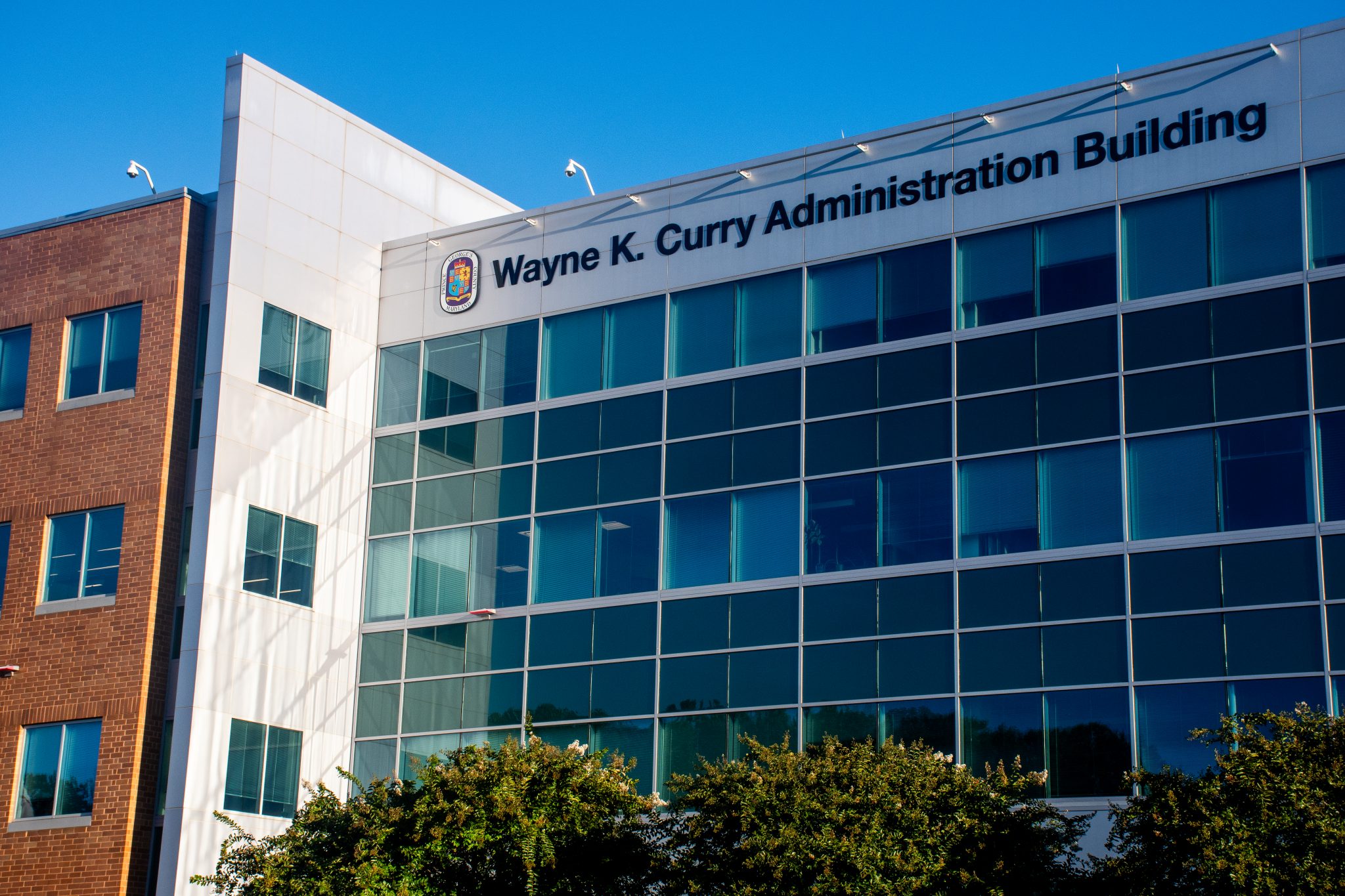Prince George’s County and its municipalities received about $7.4 million combined from national opioid settlements in fiscal years 2023 and 2024 to help combat the opioid epidemic.
Prince George’s County is one of many jurisdictions benefiting from national opioid settlements that total $55 billion, Samantha Karon, a contractor with the Prince George’s County health department’s behavioral health division, said during a Nov. 12 county Board of Health meeting. These funds come from lawsuits that states, counties and cities file against opioid manufacturers and distributors, she added.
According to the United States Department of Health and Human Services, more than 760,000 people in the country have died from a drug overdose since 1999. The epidemic has disproportionately impacted racial and ethnic minorities, Karon said.
“While these harms can’t be undone, they can be prevented, and that is exactly what opioid settlement funds are going to help our county do,” Karon said during the meeting.
Though overall overdose deaths in the state have declined in recent years, fatalities among non-Hispanic Black and Hispanic residents have surged, Karon said.
[Prince George’s County residents divided on bill to prevent stray shopping carts]
Between 2016 and 2020, overdose fatalities among non-Hispanic Black Maryland residents increased by 64.5 percent, while the rise among the non-Hispanic white population was 15.3 percent, according to the Opioid Operational Command Center.
Janna Parker, the executive director of local activist group PG ChangeMakers, emphasized the importance of equitable access to resources and support in Prince George’s County. Although her organization does not primarily focus on opioids, it raises awareness about the epidemic through health fairs and newsletters.
Parker expressed concern that Black and brown communities are not always provided the treatment plans or guidance they need.
“We’re not given the same resources or support systems to make sure our communities aren’t swallowed up whole,” Parker told The Diamondback.
In fiscal years 2023 and 2024, Maryland received $201 million from the settlements, Prince George’s County Board of Health senior advisor Anya Makarova said during the Nov. 12 meeting.
Of that amount, $158 million was deposited into the state’s Opioid Restitution Fund, which was created in 2019 to collect all funds granted to the state as a result of legal actions related to prescription opioids. Nearly $43 million from the state’s settlement fund were distributed to local jurisdictions, Makarova added.
The nearly $7.4 million Prince George’s County received for opioid abatement efforts will help the county government and at least 11 local municipalities, Makarova said.
[Prince George’s County leaders aim to curb domestic violence, support survivors]
According to Karon, the county distributes the settlement funds through two channels — direct deposits from settling parties and grants disbursed by the state’s Opioid Restitution Fund.
County health officials and community leaders are using the settlement funds and a newly created task force to address the epidemic.
The county launched the Opioid Abatement Task Force in June to help allocate settlement funds to projects that hold the greatest potential to reduce opioid-related harm, she said. The task force focuses on prevention, treatment and equitable support for communities most affected by the crisis.
The task force includes 20 members representing areas of expertise such as public health, social services, education and criminal justice, Karon said. The task force’s composition ensures people directly affected by the opioid crisis shape the group’s recommendations, Karon added.
“That specific, specialized work is going to be the ones gathering input from people with lived experience,” Karon said.



